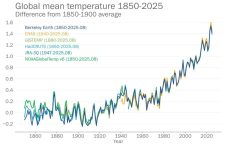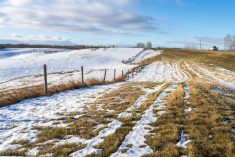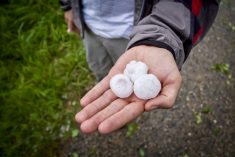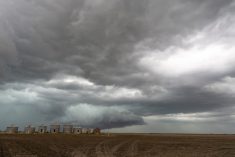MarketsFarm — While the deluge of rain over northern California took a day’s break on Tuesday, agricultural meteorologist Drew Lerner of World Weather Inc. said the heavy precipitation would soon resume.
Following the worst drought in California history, the state has been receiving very intense precipitation that’s brought flooding to its northern areas.
“It will start up again the night of Jan. 4 and will continue into Monday or Tuesday of next week,” Lerner said, warning that what’s to come is to double the precipitation already received, “with more risks of flooding in northern California and substantial snow accumulations in the Sierra Nevadas.”
Read Also
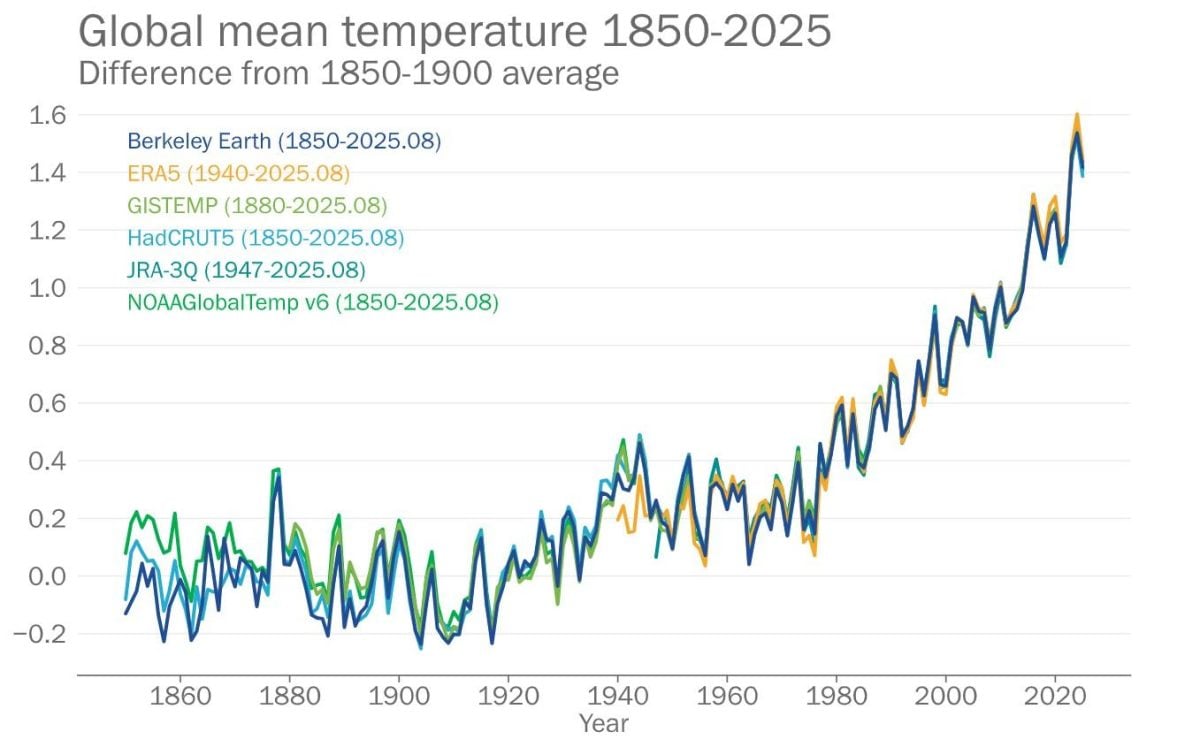
2025 set to be among hottest years on record: WMO
With only two months remaining in the year, 2025 is set to be among the top three hottest years on…
The meteorologist, founder and president of World Weather, said the vast quantities of rain and snow have been the result of the combination of three factors.
“The most important is the negative phase of the Pacific Decadal Oscillation (PDO) combined with weakening La Nina conditions,” Lerner said. “There’s been some warm water between Hawaii and California, which has been out there for a while, helping to fuel the storm intensity as the winds aloft blow across that region.”
Media reports said the system is to move eastward across the continental U.S., bringing sizeable amounts of precipitation to a number of states. However, Lerner doesn’t believe it will have much impact on dry or drought-stricken areas of the central and southern Plains.
“There will not be enough precipitation to counter the evaporative moisture losses that have occurred in the past and those that are coming,” he said.
Lerner mentioned one model that called for heavy precipitation during the second week of January.
“I think that model was out of line with reality,” he surmised.
Come spring, Lerner said, there will be better opportunities for rain on the Plains and other areas facing dry conditions.
— Glen Hallick reports for MarketsFarm from Winnipeg.






